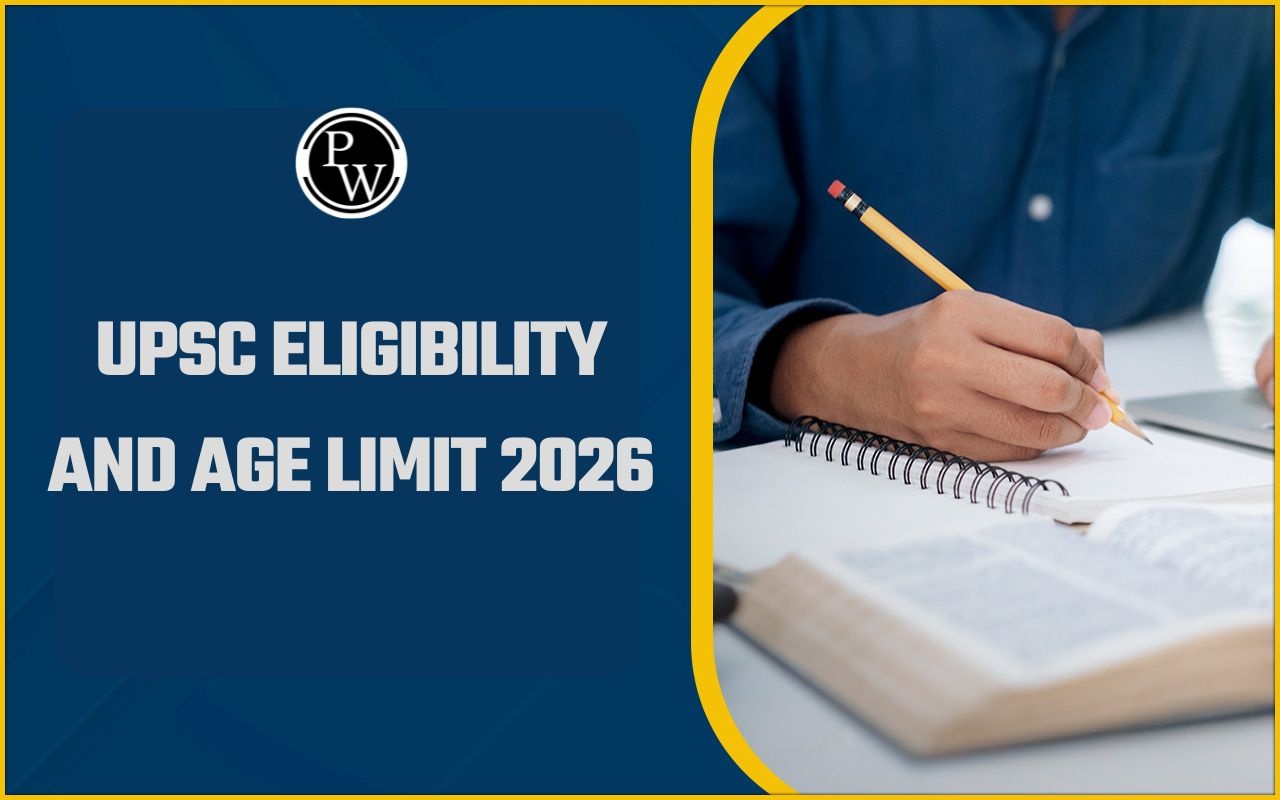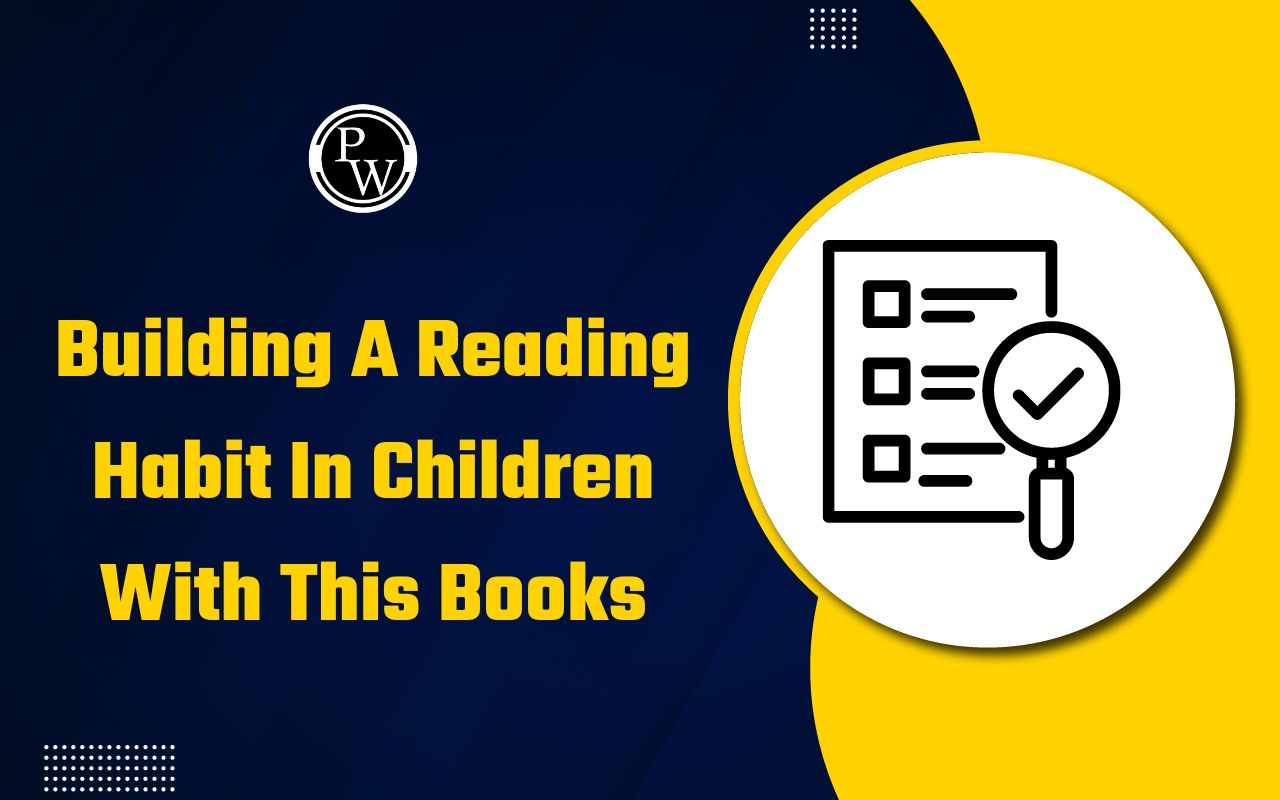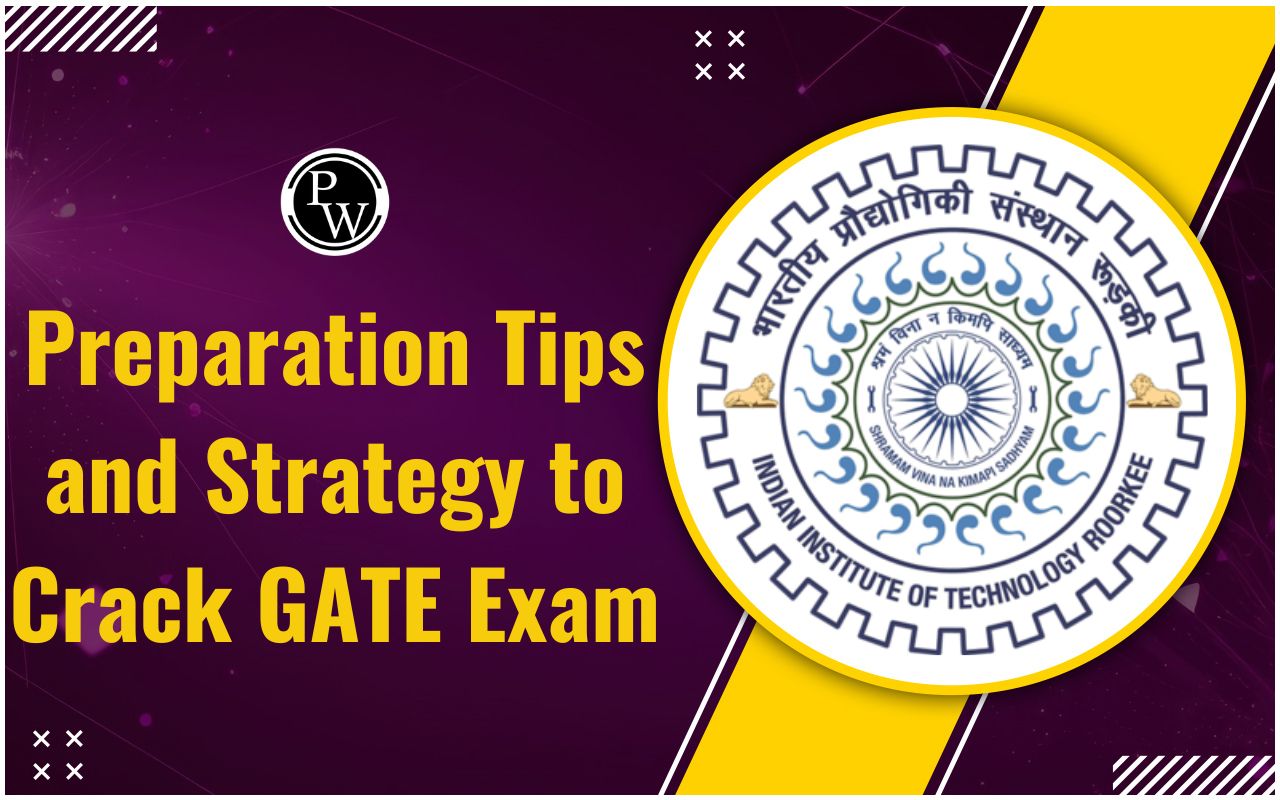SSC CGL Reasoning Questions With Solutions for 2025 Exam

Are you preparing for the SSC CGL 2025 exam? If yes, then you know how important the reasoning section is for your success. The SSC CGL Reasoning section can make a big difference in your final score. This section appears in Tier I of the exam and carries 25 questions worth 50 marks. The upcoming SSC CGL 2025 exam will be held from 13th to 30th August 2025 (tentative dates). The official notification is likely to come out on 9th June 2025. Many students feel anxious about the reasoning section because it requires quick thinking and smart problem-solving skills.
General reasoning for SSC CGL covers many different topics. Some of the main areas include coding-decoding, puzzles, blood relations, and direction problems. These topics might seem easy at first, but they can be tricky during the actual exam. That's why practicing CGL previous year reasoning question papers is so important for your preparation.
Check Out: PW SSC Books
SSC CGL Reasoning Exam Pattern
The Reasoning section is part of Tier-I and Tier-II exams. Here’s the pattern:
|
Tier |
Section |
Questions |
Marks |
Time |
|
Tier-I |
Reasoning Ability |
25 |
50 |
60 mins |
|
Tier-II |
Reasoning & Maths |
30 |
90 |
120 mins |
Negative marking:
-
Tier-I: -0.50 per wrong answer.
-
Tier-II: -0.75 per wrong answer.
Important Topics in SSC CGL Reasoning
The reasoning PYQ SSC CGL papers show that certain topics appear more frequently than others. Here are the main areas you should focus on:
1. Letter-Number Coding
This is one of the most common types in the previous years' SSC CGL reasoning paper. In these questions, letters in a word are replaced by certain other letters according to a specific rule. You need to find the coding pattern and answer accordingly.
2. Blood Relations
These questions test your ability to understand family relationships. You need to figure out how different people are related to each other based on the given information.
3. Direction and Distance
These problems involve finding directions, distances, or final positions after a series of movements. They test your spatial reasoning skills.
4. Analogy and Classification
You need to find the relationship between given items and identify the odd one out or complete the pattern.
5. Series Completion
Both number series and letter series are asked. You need to find the missing term in a given sequence.
Check Out: SSC Previous year Papers
SSC CGL Reasoning Questions With Solutions
Let's look at some sample questions similar to those found in SSC CGL Reasoning PYQ:
1. What will come in place of the question mark (?) in the following equation, if ‘+’ and ‘–’ are interchanged and ‘×’ and ‘÷’ are interchanged?
4515 × 5 – 431 ÷ 3 + 821 = ?
(a) 1335 (b) 1775
(c) 1575 (d) 1375
2. 31 is related to 152 by certain logic. Following the same logic, 47 is related to 168. To which of the following is 66 related, following the same logic? (NOTE : Operations should be performed on the whole numbers, without breaking down thenumbers into its constituent digits.
– Operations on 13 such as adding /deleting/multiplying etc., to 13 can be performed.
Breaking down 13 into 1 and 3 and then
performing mathematical operations on 1
and 3 is not allowed.)
(a) 180 (b) 187
(c) 185 (d) 190
3. Six letters Q, Z, V, T, L and A are written on different faces of a dice. Two positions of this dice are shown in the figures below.
Find the letter on the face opposite to Q.
Q
Z V
T
L V
(a) Z (b) T
(c) V (d) A
4. In the following number-pairs, the second number is obtained by applying certain mathematical operations to the first number.
In three of the four pairs, the same pattern is applied and hence they form a group. Select the number-pair that DOES NOT belong to
this group.
(NOTE: Operations should be performed on the whole numbers, without breaking down the numbers into their constituent digits. E.g. 13 – Operations on 13 such as adding/subtracting/multiplying to 13 can be performed. Breaking down 13 into 1 and 3 and then performing mathematical operations on 1 and 3 is not allowed.)
(a) 335 – 119 (b) 358 – 152
(c) 317 – 101 (d) 308 – 92
5. In a certain code language, 'NAME’ is written as 'FNBO' and 'NANO' is written as 'POBO’. How will 'NAIL’ be written in
that language?
(a) MOBJ (b) MJOB
(c) MOJB (d) MJBO
6. The question contains pairs of words that are related to each other in a certain way.
Three of the following four word pairs are alike as these have the same relationship and thus form a group. Which word pair is the one that DOES NOT belong to that group?
(The words must be considered as meaningful English words and must not be related to each other based on the number of letters/number of consonants/vowels in the word.)
(a) Pentagon-5 sides(b) Hexagon-8 sides
(c) Triangle-3 sides (d) Square-4 sides
7. The position of how many letters will remain unchanged if each of the letters in the word ‘NIGHTMARES’ is re-arranged in the English alphabetical order from left to right?
(a) One (b) Four
(c) Two (d) Three
8. What will come in the place of ‘?’ in the following equation, if ‘+’ and ‘–‘ are interchanged and ‘×’ and ‘÷’ are interchanged?
5 – 4 ÷ 9 + 80 × 10 = ?
(a) 31 (b) 33
(c) 35 (d) 30
9. Select the option in which the numbers share the same relationship as that shared by the given pair of numbers.
(149, 213), (168, 232)
(NOTE: Operations should be performed on the whole numbers, without breaking down the numbers into its constituent digits. E.g. 13 – Operations on 13 such as adding/deleting/multiplying etc. to 13 can be performed. Breaking down 13 into 1 and 3 and then performing mathematical operations on 1 and 3 is not allowed.)
(a) (162, 222) (b) (153, 217)
(c) (137, 211) (d) (144, 198)
10. Select the correct mirror image of the given figure when the mirror is placed at MN as shown below.
y T f r 9 3 n
M
N
(a) r 9 3 n y (b) y T f r 9 3 n
(c) 9 3 T (d) 9 3 T f
11. Select the option that is related to the fifth letter-cluster in the same way as the second letter-cluster is related to the first letter-
cluster and the fourth letter-cluster is related to the third letter-cluster.
MEK: NVP :: GYT: TBG :: JWH:?
(a) QDS (b) PCR
(c) QDT (d) PCS
12. Choose the word which is different from the rest.
(a) Physics (b) Chemistry (c) Geography(d) Botany
Solution: (c) All except geography are the branches of science.
13. Choose the word which is different from the rest.
(a) Gangtok (b) Mizoram (c), Agartala (d), Shillong.
Solution: (b) All except Mizoram are the capitals of states of India
For more such SSC CGL Reasoning Questions, check the link below
How to Prepare for SSC CGL Reasoning
Learn how you can prepare SSC CGL Reasoning effectively.
1. Start with Basic Concepts
Before solving questions, understand the basic concepts behind each topic. General reasoning for SSC CGL requires a strong foundation in logical thinking patterns.
2. Practice Previous Year Papers
Solving the previous year SSC CGL reasoning paper is very important. It helps you understand the exam pattern and the types of questions that are frequently asked. The more you practice these papers, the better you become at recognizing patterns.
3. Focus on Speed and Accuracy
In the reasoning section, both speed and accuracy are crucial. Practice solving questions within time limits to improve your performance during the actual exam.
4. Learn Shortcut Methods
For topics like coding-decoding and series completion, learning shortcut methods can save valuable time. Make notes of important tricks and formulas.
5. Regular Practice
Daily practice of reasoning, PYQ SSC CGL questions helps maintain your problem-solving skills. Set aside at least 1 hour daily for reasoning practice.
6. Analyze Your Mistakes
When you make mistakes, don't just move on. Understand why you got it wrong and learn from it. This helps avoid repeating the same errors.
Tips for Letter-Number Coding
Since this is a common topic in SSC CGL Reasoning PYQ, here are some useful tips:
Remember Alphabet Positions
Use the EJOTY formula to remember positions:
-
E=5, J=10, O=15, T=20, Y=25
For Reverse Order
Remember pairs like:
-
AZ, BY, CX, DW, EV, FU, GT, HS, IR, JQ, KP, LO, MN
Quick Position Tricks
-
F=6 (Fix-Six)
-
G=7 (G7 Nation)
-
H=8 (looks like 8)
-
K=11 (Kings 11 Punjab)
-
L=12 (Lunch time)
Read More: SSC Reasoning Syllabus 2025 and Important Topics
Common Question Types in SSC CGL Reasoning
1. Dice Problems
These involve understanding which faces are opposite to each other based on given positions.
2. Direction Sense
Questions about finding final direction or distance after a series of movements.
3. Ranking and Order
Arranging people or objects in a particular order based on given conditions.
4. Logical Venn Diagrams
Understanding relationships between different groups using circles.
5. Statement and Conclusion
Check the given statements and determine which conclusions logically follow.
Important Points to Remember
-
SSC CGL Reasoning questions test logical thinking, not just memorization
-
Practice different types of questions regularly
-
Focus on accuracy over speed initially
-
Keep a notebook of important formulas and tricks
-
Review the previous year's SSC CGL reasoning paper solutions carefully
-
Don't panic if you encounter a new type of question during the exam
Remember, consistent practice and the right approach will help you master the reasoning section. The key is to understand the logic behind each question type rather than just memorizing solutions. With dedicated preparation using SSC CGL reasoning, PYQ and other quality resources, you can definitely score well in this section.
Also Read, SSC CGL Previous Year Question Papers PDFs for Tier 1 & 2 Exam
SSC CGL Reasoning FAQs
1. How many questions are asked in SSC CGL Reasoning section?
The SSC CGL Reasoning section has 25 questions in Tier-I, each carrying 2 marks. So the total marks for this section is 50. There is negative marking of 0.5 marks for each wrong answer.
2. How much time should I spend on reasoning questions during the exam?
You should spend around 15-20 minutes on the reasoning section out of the total 60 minutes. This gives you enough time to solve all 25 questions without rushing.
3. What are the easiest topics to score in SSC CGL Reasoning?
Coding-decoding, simple analogy questions, and classification problems are usually easier to solve. These topics in SSC CGL Reasoning PYQ often have direct formulas or patterns that you can learn quickly.
4. Should I guess answers in the SSC CGL Reasoning section?
Only guess if you can eliminate 2-3 wrong options. Since there is negative marking of 0.5 marks, wrong answers will reduce your score. It's better to skip very difficult questions.











